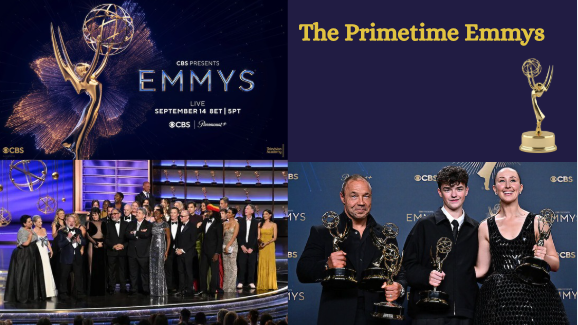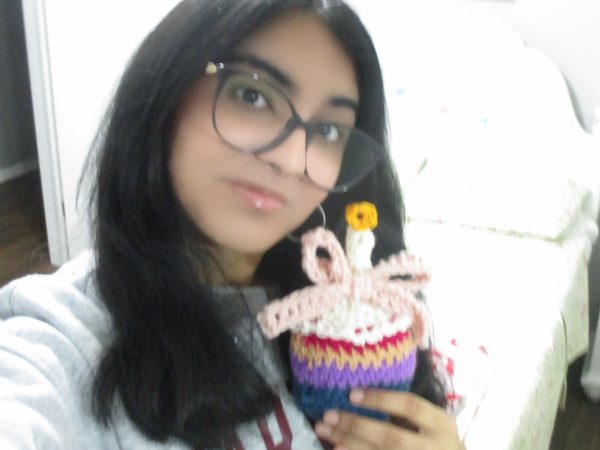Across the world, Eid al-Fitr and Eid al-Adha are among the most celebrated holidays in the Muslim community, marking the end of Ramadan and the beginning of Hajj. Ramadan is a month of fasting and spiritual reflection, while Hajj is a holy pilgrimage to Saudi Arabia. However, each year there’s a notable debate among Muslims: Should Eid’s date be determined by the fixed date on the Gregorian (365 day) calendar, or should it follow the moon sighting?
This year, the divide was evident. While some Muslim communities followed the official calendar and celebrated Sunday, March 30, others celebrated the next day: Monday, March 31.
“I celebrated Eid on March 31, it was the day of a new moon,” junior Sugra Tahir said. “Personally, my family likes to follow a certain masjid (mosque) in order to know if the new moon crescent has been spotted.”
The moon sighting method, which has been followed for centuries, is rooted in the teaching of Prophet Muhammad, who emphasized the importance of observing the moon to mark the beginning of Ramadan and Eid. This practice allows different regions to celebrate based on local moon sightings.
The difference in dates is not just a matter of convenience but also a question of tradition. Those who advocate for the moon sighting believe that it ties the holiday to natural cycles, while those in favor of a fixed date argue that it ensures a more organized, unified celebration. The issue of differing dates has created challenges for those who prefer a fixed date for Eid.
“People follow different opinions,” sophomore Saad Mustafa said. “Some people follow local sightings and some people follow Saudi Arabia, it all depends on what you follow. Some of the fun is seeing what day Eid will be but, sometimes I would want it to be on a certain day as it could be more convenient.”
In the end, whether you celebrate Eid according to the Gregorian calendar or based on the moon sighting, the spirit of Eid remains the same. While the debate over the date will likely continue, it is clear that Eid will continue to bring people together in joy, unity, and faith.









